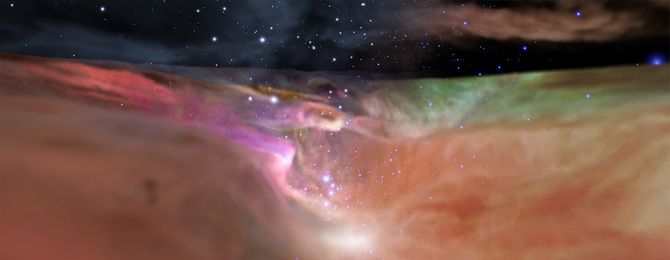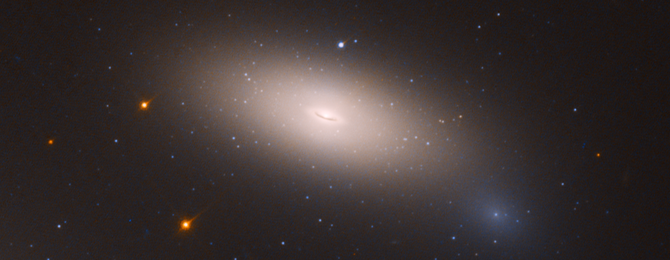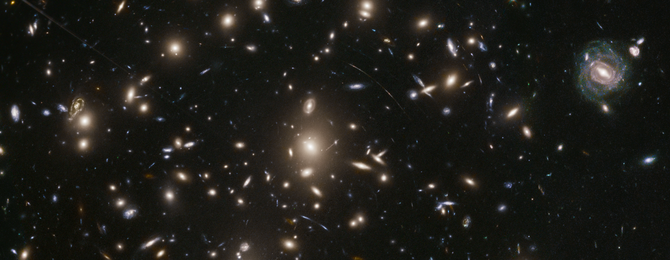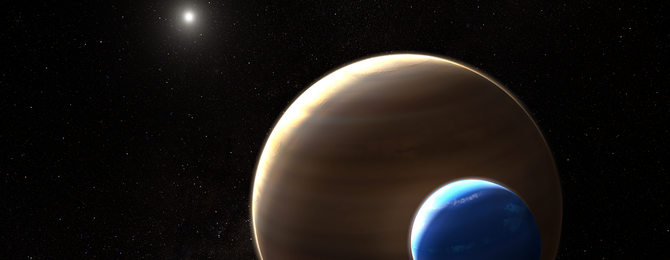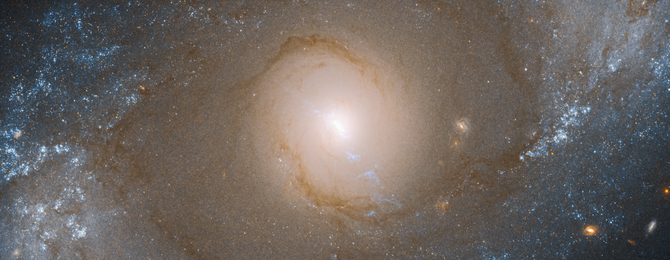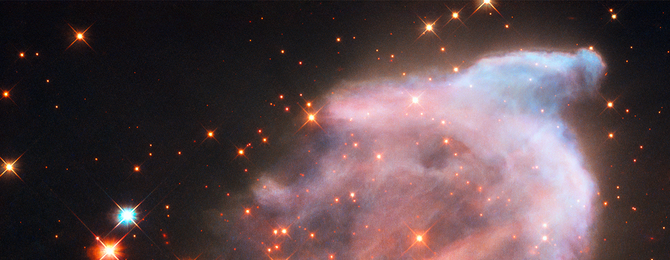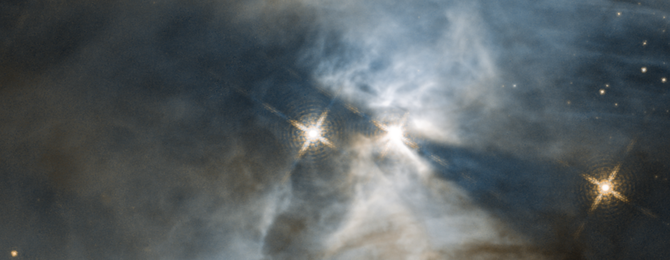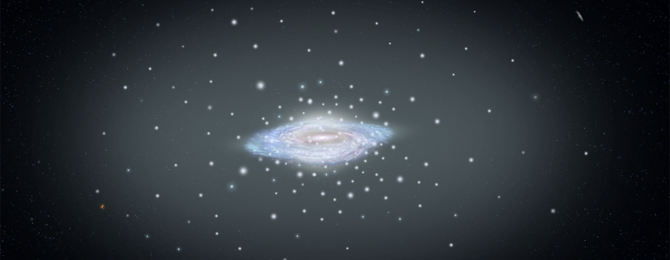Robby
Helper Bot
Comet or Asteroid? Hubble Discovers that a Unique Object is a Binary

Astronomers categorize the minor bodies in the solar system according to their location and physical composition. Comets are a loose collection of ice and dust that fall in toward the Sun from beyond the orbits of the major planets, and grow long tails of dust and gas along the way. Asteroids are rocky or metallic and are relegated to a zone between Mars and Jupiter. But nature isn't that tidy. The Hubble Space Telescope photographed a pair of asteroids orbiting each other that have a tail of dust, which is definitely a comet-like feature. The odd object, called 2006 VW139/288P, is the first known binary asteroid that is also classified as a main-belt comet. Roughly 5,000 years ago, 2006 VW139/288P probably broke into two pieces due to a fast rotation.
(More at HubbleSite.com)

Astronomers categorize the minor bodies in the solar system according to their location and physical composition. Comets are a loose collection of ice and dust that fall in toward the Sun from beyond the orbits of the major planets, and grow long tails of dust and gas along the way. Asteroids are rocky or metallic and are relegated to a zone between Mars and Jupiter. But nature isn't that tidy. The Hubble Space Telescope photographed a pair of asteroids orbiting each other that have a tail of dust, which is definitely a comet-like feature. The odd object, called 2006 VW139/288P, is the first known binary asteroid that is also classified as a main-belt comet. Roughly 5,000 years ago, 2006 VW139/288P probably broke into two pieces due to a fast rotation.
(More at HubbleSite.com)


